
As home solar systems have become popular in recent years, more and more people around the world have been able to reduce their electricity consumption, their bills, and their carbon footprint. If you are intrigued by residential solar systems but have a lot of questions before making a decision, scroll down to find out more about how you can add solar energy to your life.
Here are the top 10 questions asked about solar systems for homes:
- What is a solar roof?
- What are the differences between solar panels and a solar roof?
- How does a home solar system work?
- How do I know if my roof is good for solar?
- How much energy can a solar panel produce?
- Do solar systems work on cloudy days or at night?
- What do I do with excess energy?
- How much does a home solar system cost?
- What is the payback period for a solar system?
- Which solar roof company should I choose?
1. Home Solar Systems 101: What is a solar roof?
If you are on the hunt for a safe, durable, and long-lasting roofing solution to install a new roof, you may have come across “solar roofs”. Alternatively, if you are planning to switch to clean energy, you may be considering solar for your home.
Either way, the answer will give you a better understanding of what a solar roof is and how it works.
As you explore the topic of solar energy, there’s one term you will come across frequently: photovoltaic (PV). A PV solar system is a type of power system that converts sunlight into electricity, using the photovoltaic effect.
In short, a solar roof is a roofing system that integrates PV cells into the roofing material, to generate electricity from solar energy.
Solar roofs look like traditional roofing materials which makes them a “2-in-1” solution – a protective barrier that also generates clean energy. They come in a variety of materials, including shingles, tile, and metal roofing.
Here at Roofit.Solar, we offer safe and durable integrated solar roofs made from black metal. To learn more about the advantages of metal roofs, have a look at here.
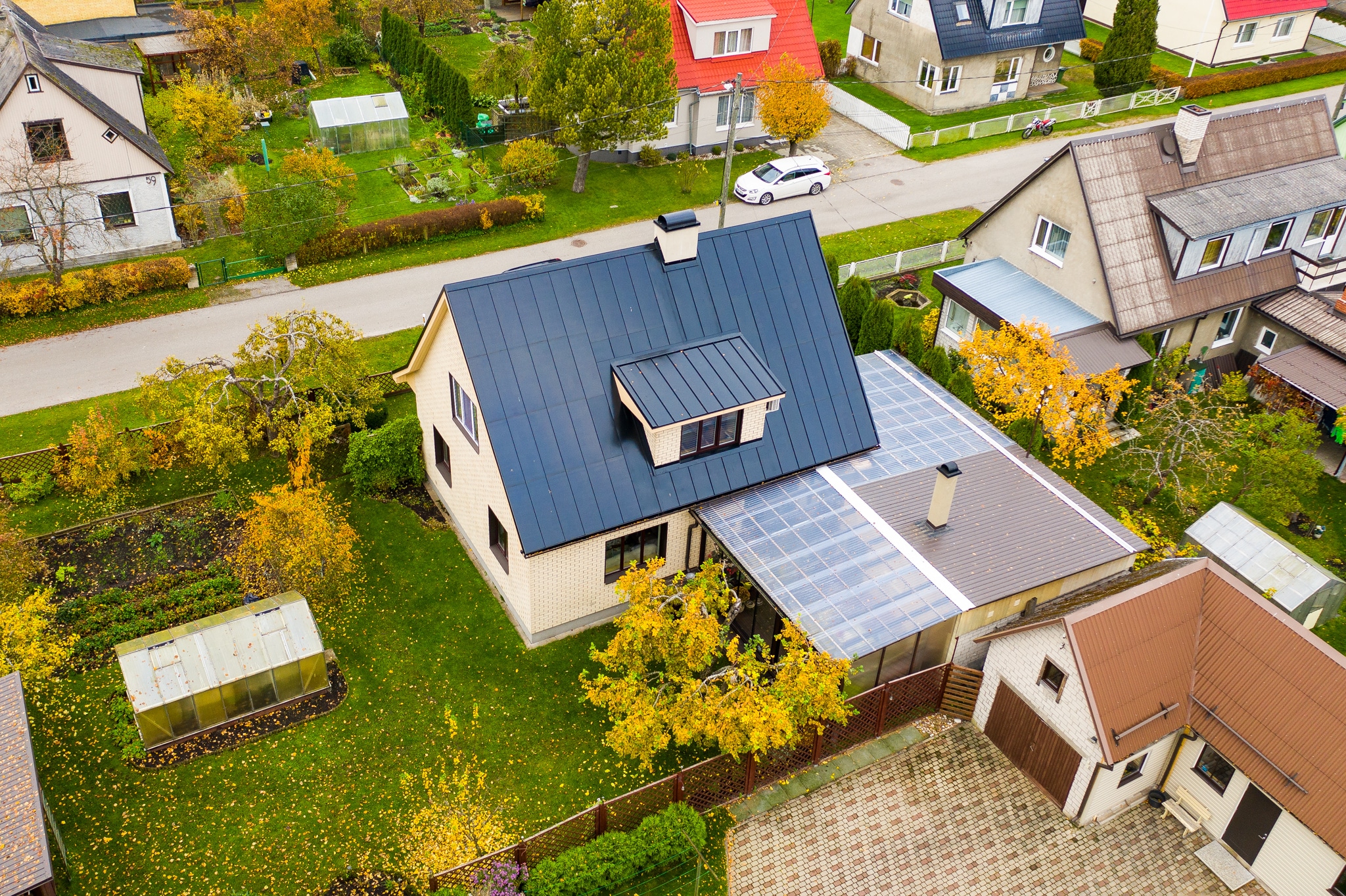
2. What are the differences between solar panels and a solar roof?
The main difference between these systems is their relation with the roof.
While solar panels are stand-alone systems placed on the roof, solar roofs offer an integrated system that includes the solar system and the roof. That’s why solar roofs can cost more than solar panels in most cases. But they also have many advantages.
- Solar roofs act as a protective barrier for you, your loved ones, and your home.
- They offer a 2-in-1 solution – you have a new roof and a solar system all at the same time.
- Although they cost more than solar panels, they increase the value of your home.
- Plus, they increase the lifespan of your roof.
- Solar roofs look aesthetically pleasing and blend in any environment.
As the Roofit.Solar team, we can’t be modest about the quality and design of our roofs—they combine technology with minimalist Nordic design. A great solution for those who want to renew their roof while going solar.
We’ll let our projects do the talk. The photo below is from a Roofit.Solar project from Roskilde, Denmark.
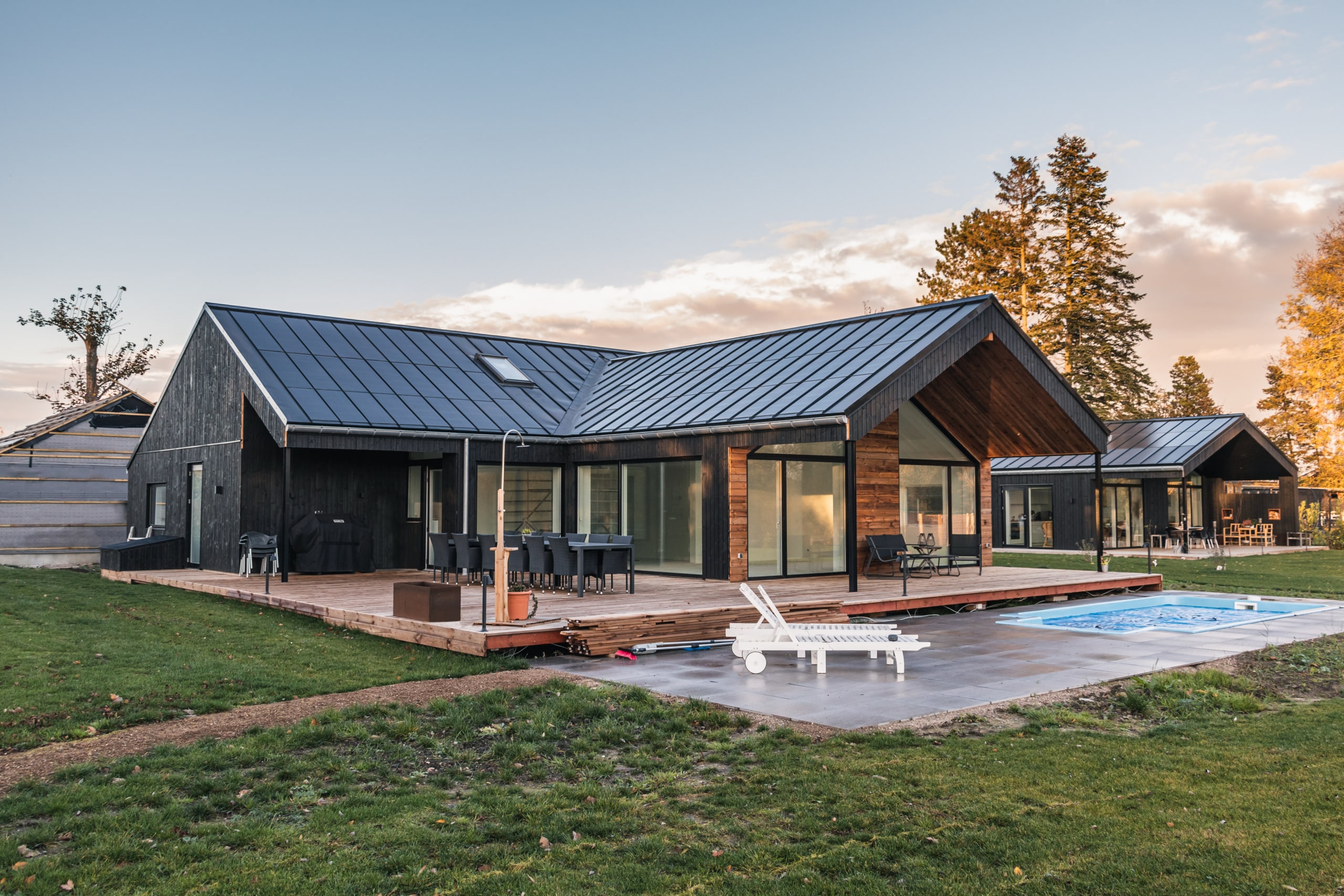
Here is another one—Kuusalu residential house, Estonia, 2022.
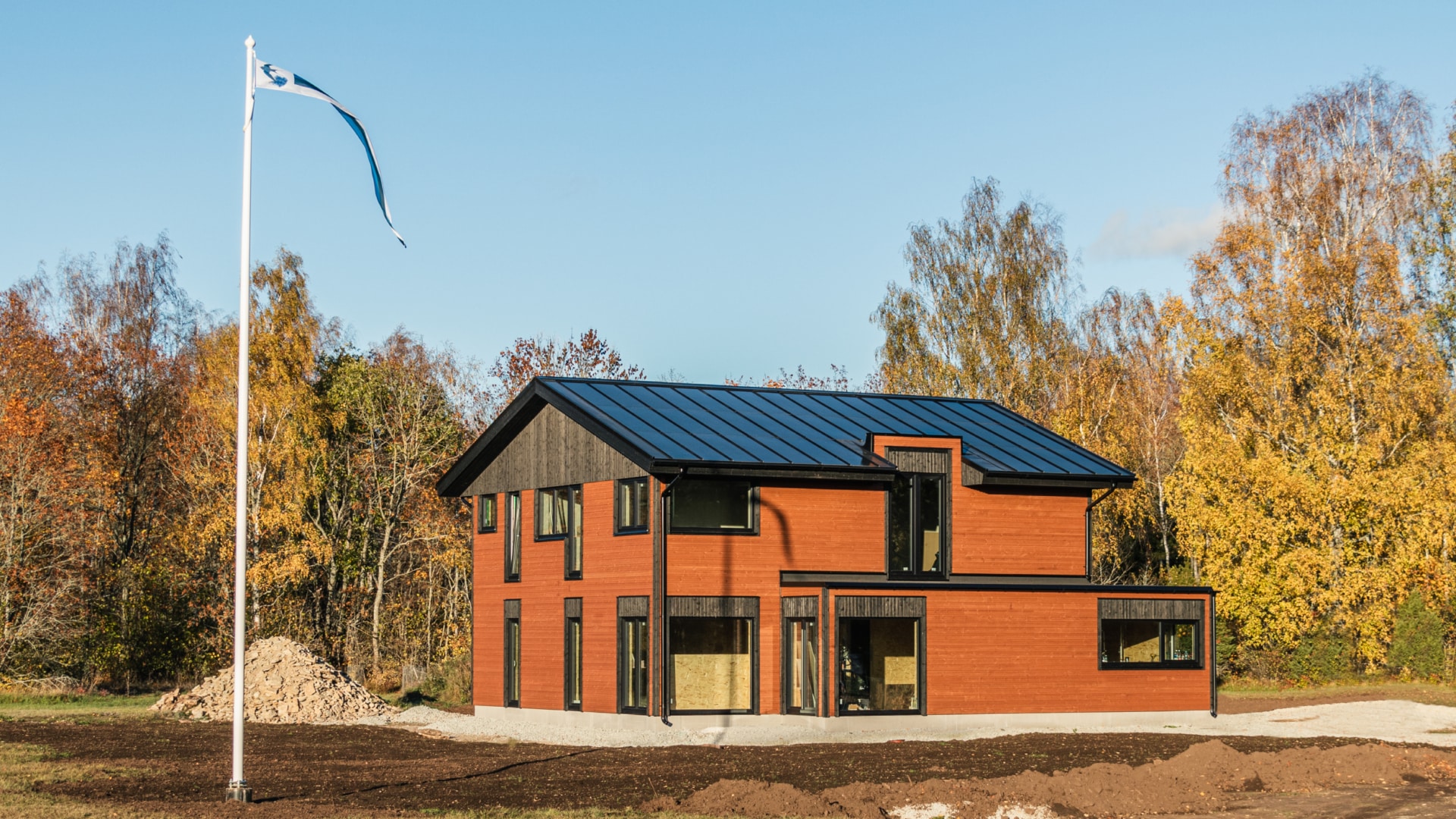
Ultimately, the choice between solar panels and a solar roof comes down to your needs, expectations, the geographic location of your home, and your budget. Whether you choose solar panels or a solar roof, it’s great that you are using clean energy.
3. How does a solar home system work?
In the first question, we briefly mentioned what photovoltaic (PV) is. It is a type of energy system that generates electricity from sunlight.
As the first step in the process, solar PV panels use cells to convert sunlight into electricity. When the sun shines on the cell it creates an electric field across the layers causing electricity to flow.
The panels are connected to an inverter which converts the energy from Direct Current (DC) – an electric current flowing in one direction – to Alternating Current (AC), where the flow of current switches back and forth at regular intervals or cycles.
This is how a solar system transforms the sun’s energy and lets humans fully enjoy it.
To learn more about how a solar home system works, have a look at our article “How a PV system works”.
4. How do I know if my roof is suitable for solar?
To determine if your roof is suitable for a home solar system, there are several factors to consider including roof orientation and slope, available roof space, roof age, and shading.
When evaluating a roof, one of the first things to consider is the orientation of the roof. At least some part of the roof should be facing the sun. This would be good if there are no major obstructions that create a constant shadow.
If your roof faces south and has a tilt angle of 20 to 40 degrees, your home will be a good fit for solar as this will maximise the amount of sunlight. In the northern part of the world, an ideal roof would face east-south-west.
If you are considering Roofit.Solar for your home, then a minimum pitch of 10 degrees is required for both waterproofing and maintenance. It is important to note that our solar roofs can also be installed on building facades.
In terms of available space, a 30-m2 roof would be a good starting point. If the roof is smaller, then a more bespoke plan will be required.
The age and condition of the roof are the other important factors when evaluating a roof for solar. If you have an old roof and are planning to install a new one, going with a solar roof may be a good option.
When it comes to shading, think about factors that could reduce the amount of sun you get such as trees or nearby buildings.
In addition to these points, we also recommend that you check any local zoning or building regulations that may affect the installation of a solar energy system on your roof.
5. How much energy can a home solar system produce?
Here comes one of the most popular questions about solar solutions.
There are many factors that can affect the amount of a home solar system can produce.
- Whether using solar panels or a solar roof system
- The tilt of the panels
- The latitude
- The climate
While stand-alone solar panels are said to produce more energy ranging from 250W to 400W, solar roofs can produce similar or more energy than traditional solar panels. This depends on the design and technology of the products in addition to the factors shared above.
In terms of latitude, climate, and the tilt of the panels and latitude, it is simply related to the amount of sunlight your home can receive.
Side note, please keep in mind that heatwaves can reduce the productivity of solar solutions. According to EnergySage, the American renewable energy website, solar panels are tested at 25°C (77°F) and generally have a temperature range of between 15°C and 35°C.

6. Do solar systems work on cloudy days or in cold climates?
One of the most common myths about home solar systems is that if there is no sun, the solar system does not produce any solar electricity.
Previously, we mentioned how a solar panel or a roof works. The energy coming from the sunlight is absorbed by the PV cells in the panel or the roof. So, it is true that snowy and cloudy weather can decrease the amount of electricity generated from sunlight.
But that does not mean that there will be no output at all. No matter how cloudy or snowy it is, the solar system can still generate electricity. It will just be less than the summer peak times.
According to general estimates, solar systems will generate about 15 – 25% of their normal power output on a cloudy day.
In terms of productivity in different climates, solar panels are more efficient at cooler temperatures. For example, if a solar panel is 60°C hot, its efficiency drops by 16% compared to a panel that is 25°C hot.
To learn more about solar facts, read our article “10 Solar Myths and Facts You Need to Know” and update your solar knowledge.
7. What do I do with excess energy?
Want to switch to solar energy, but also wonder what to do with the excess energy as you may not use it all?
The short answer is you can store the surplus energy in a solar battery.
There are three types of solar batteries that you can learn about here:
-
- Lead-acid: The oldest battery type with a shorter lifespan.
- Lithium-ion: A newer battery technology with a longer lifespan and less maintenance.
- Flow Batteries: A newer battery technology with a good depth-of-discharge but low storage capacity.
- Nickel Cadmium: An old technology that can work in extreme temperatures. Note that they are banned in many countries due to their high toxicity.
Solar batteries are also segmented according to the duration of storage.
Short-term storage refers to an operation that takes only a few minutes. The aim is to ensure that the solar system still works despite a passing cloud, for example.
Long-term storage, as the name suggests, refers to a longer time frame, providing power over days or weeks, rather than minutes or hours.
Want to know more about solar batteries and what to look out for when considering a solar battery? Read “Everything You Need to Know About Solar Batteries”.
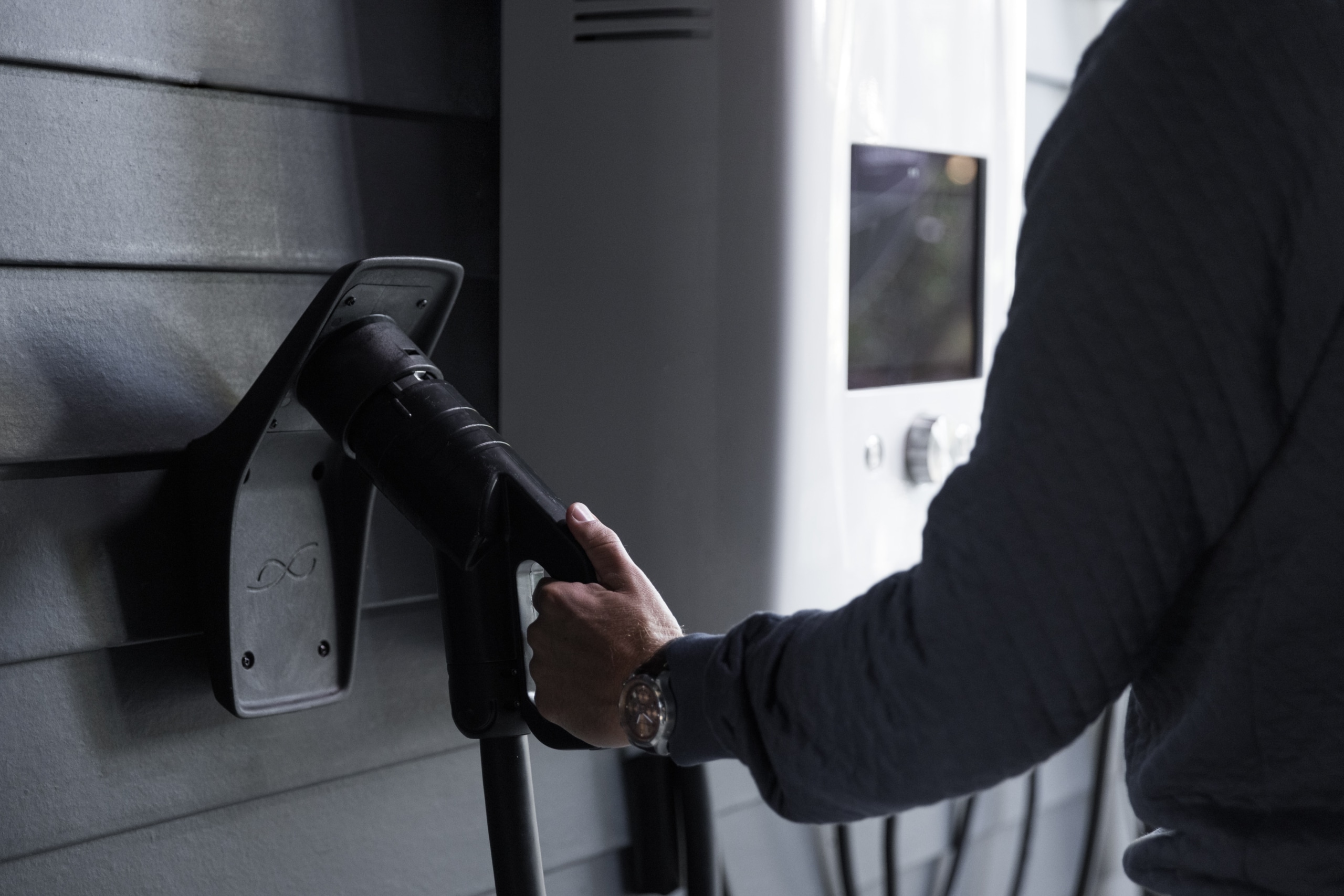
8. How much does a home solar system cost?
The answer will not be one of the favourites, but there is no shortcut to a solar system quote at all. The cost of a home solar system depends on many factors including the size of the roof, the choice between a solar roof or solar panels, the efficiency of the system chosen, and the company.
In the US, for example, the cost of a single solar panel can range from around $0.50 to $1.50 per watt, before any incentives or tax credits. The total cost of a solar panel system, which includes installation and additional equipment, can range from $3 to $7 per watt, or even more.
On average, a 5kW turnkey project costs around €15-30K, but again prices can vary greatly depending on the location and the specific circumstances of each installation.
If you are:
- planning to renovate your roof
- thinking about switching to clean energy
- looking for a solar solution with a strong design rather than bulky solar panels, contact our team for a quote!
9. What is the payback period for a solar system?
The answer depends on the size of your roof, the amount of energy you use, the solar system you choose, the geography you live in, the amount of sunlight your home receives, and many other factors.
On average, the payback period for a solar system is between 5 and 10 years.
In the US, for example, a solar system can reduce a household’s electric bill by 50 to 90 percent. The higher the number is, the shorter the payback period is.
When it comes to integrated solar roofs, they generally cost more than regular panels, so the payback period is longer in most cases. However, they offer many advantages including a 2-in-1 solution, strong protection, increased home value, and lower installation, and maintenance costs.
Interested in some stats on how and how much solar can add value to your home? Take a look at “The Million-Dollar Question: Does solar increase home value”.
Roofit.Solar offers the best of both worlds, providing clean energy with aesthetically pleasing, beautiful roofs. Don’t like bulky solar panels that look out of place? Neither do we. And, our solar roofs come with a 25-year warranty.
The payback period for a solar roof can be relatively long, as it is an integrated solution combining a top and a solar system. On the other hand, a regular roof never pays for itself!
10. Which solar roof company should I choose?
With the rise of solar energy, there are many companies offering solar panels or integrated solar roofs. The answer to this question depends on what you expect from a solar rooftop solution, your energy consumption, the structure of your roof and where you live.
If you are planning to renew your roof, are interested in switching to solar energy, and are looking for technology and design, safety and durability, and are planning to renew your roof, look no further.
With offices in Sweden and Germany, Roofit.Solar is an award-winning integrated solar roof company, based in Estonia, offering safe, durable, and beautiful solar solutions.
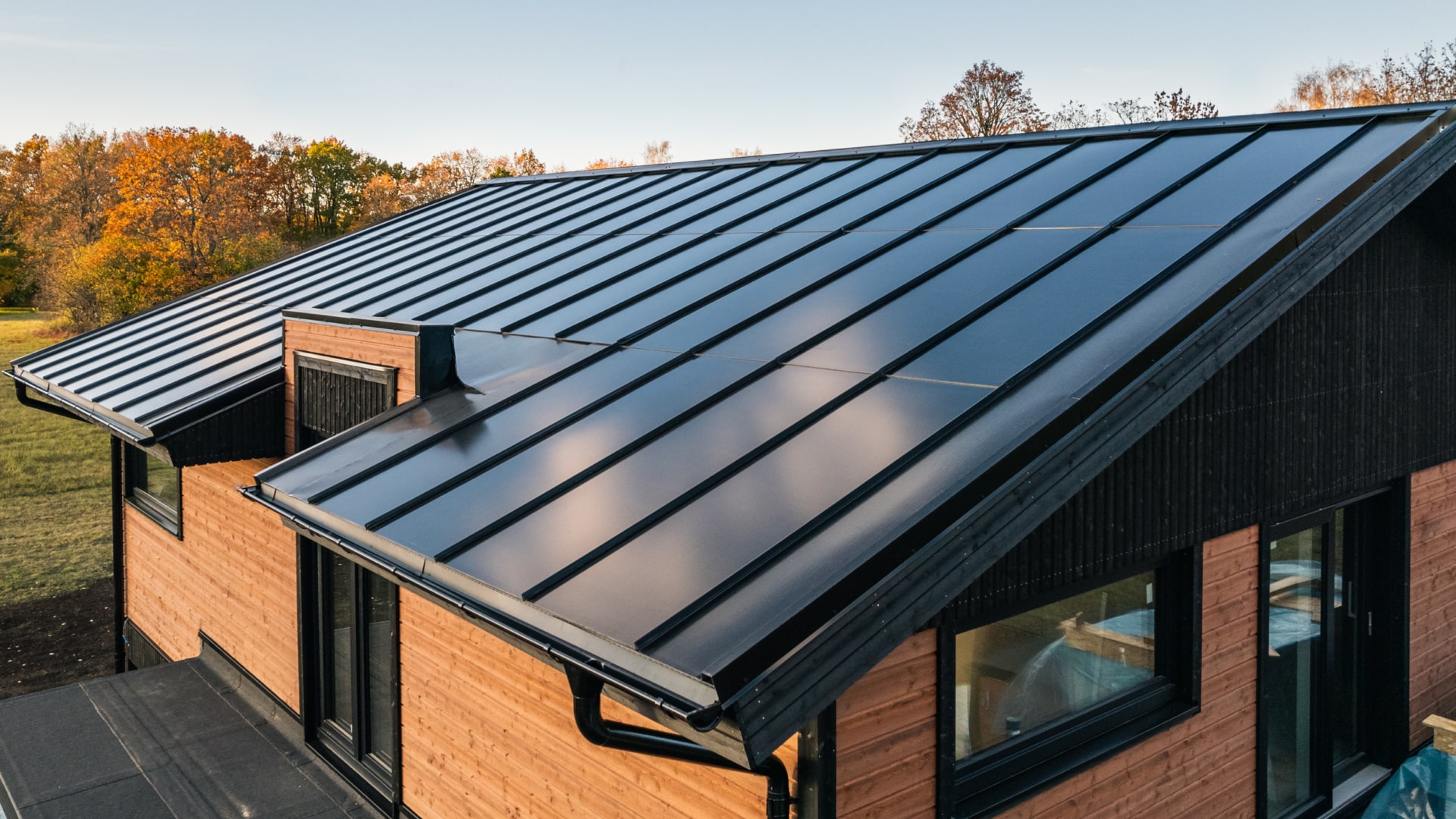
Our solar roofs combine the traditional Nordic metal roof design with solar technology. If you are looking for both design and technology, and need some guidance along the way, we are here to help you.
Do you have more questions about home solar systems and whether your home is suitable for one, or are you planning to renew your roof? Get in touch with our team today!
Conclusion
As the demand for solar grows, so will the number of solar-related questions about it. Whether you are considering a roof renovation or opting for a clean energy system, it’s important to research and consider all your options before making a decision. With the right information and support, solar energy can be a cost-effective and truly sustainable solution for your home’s energy needs.